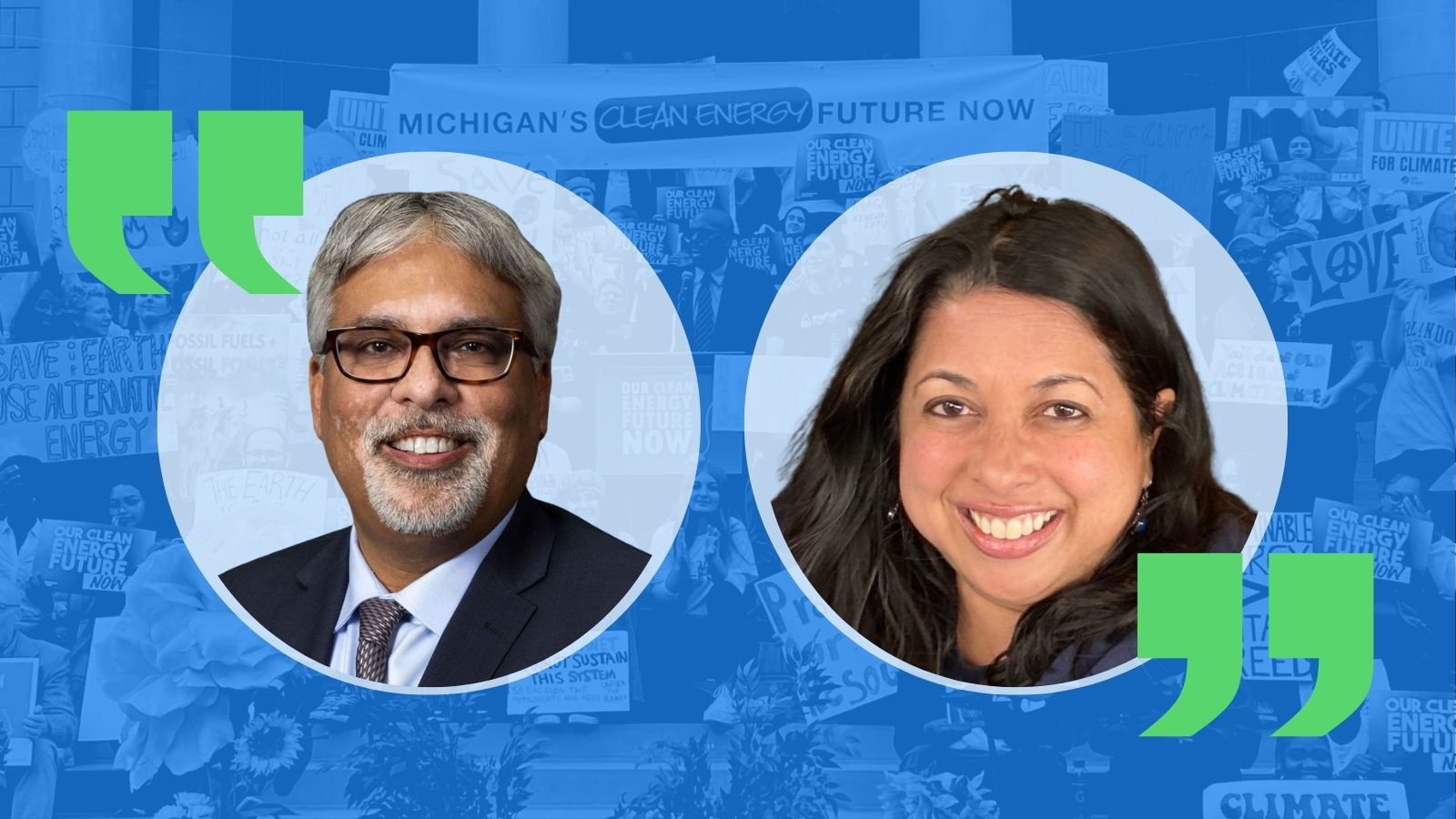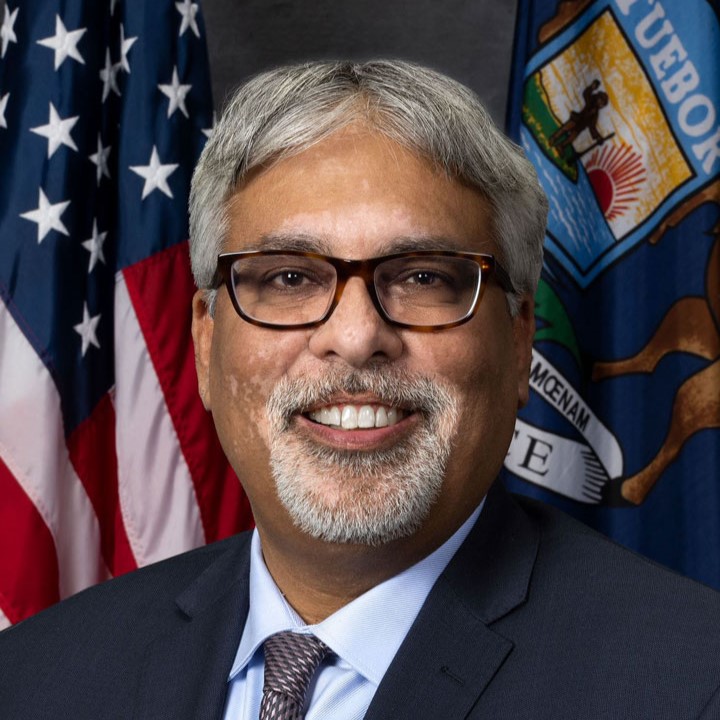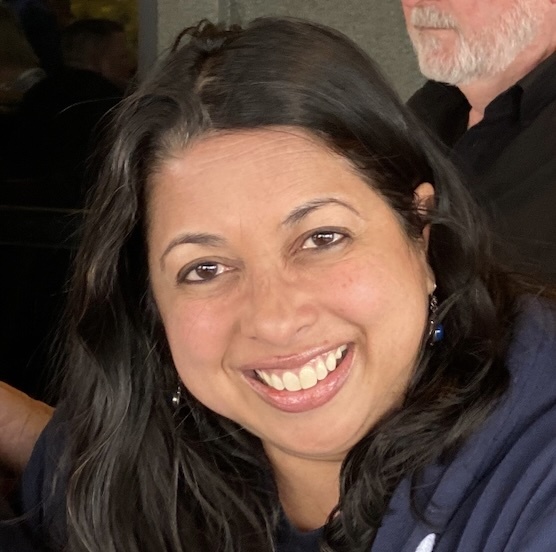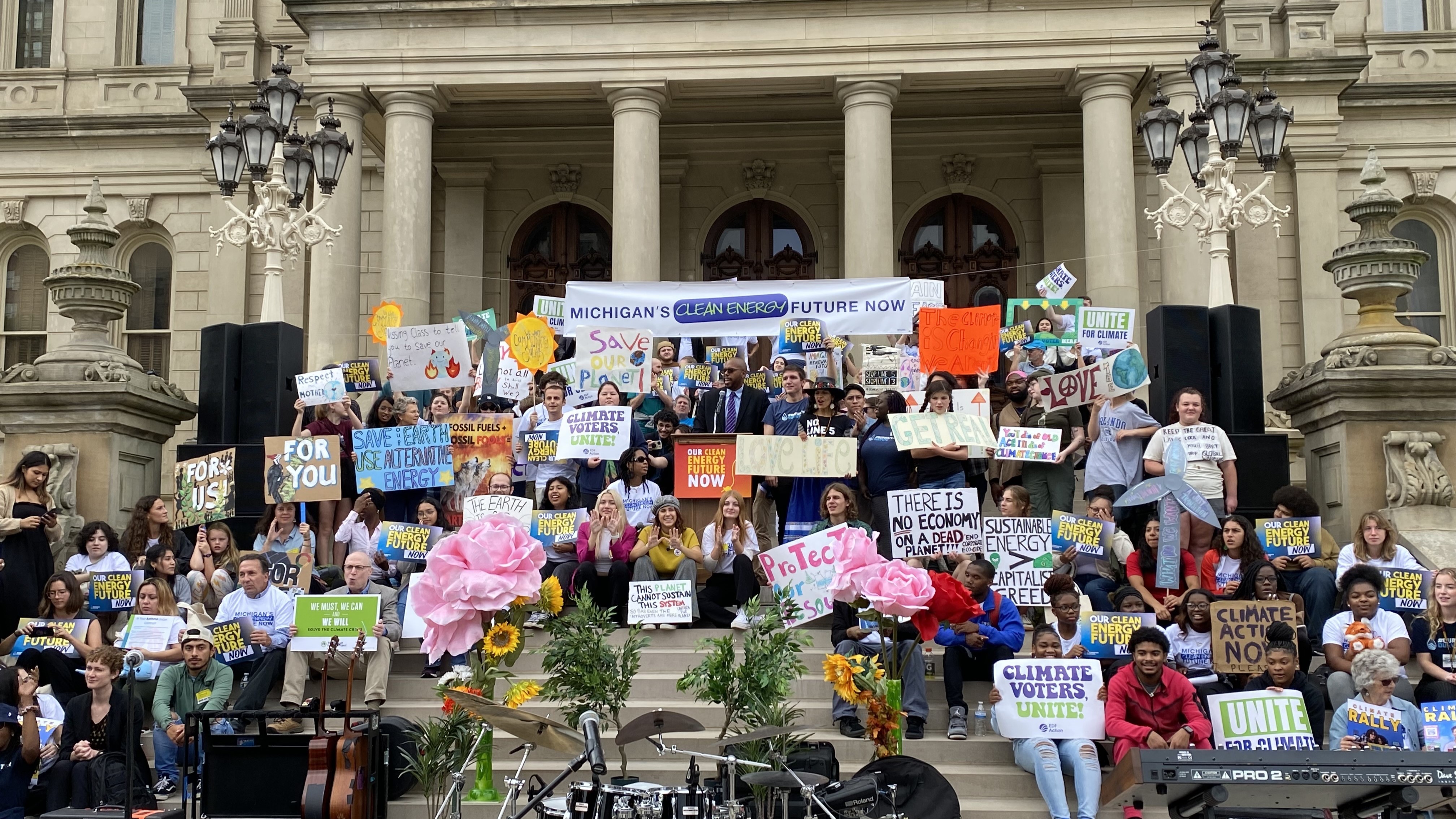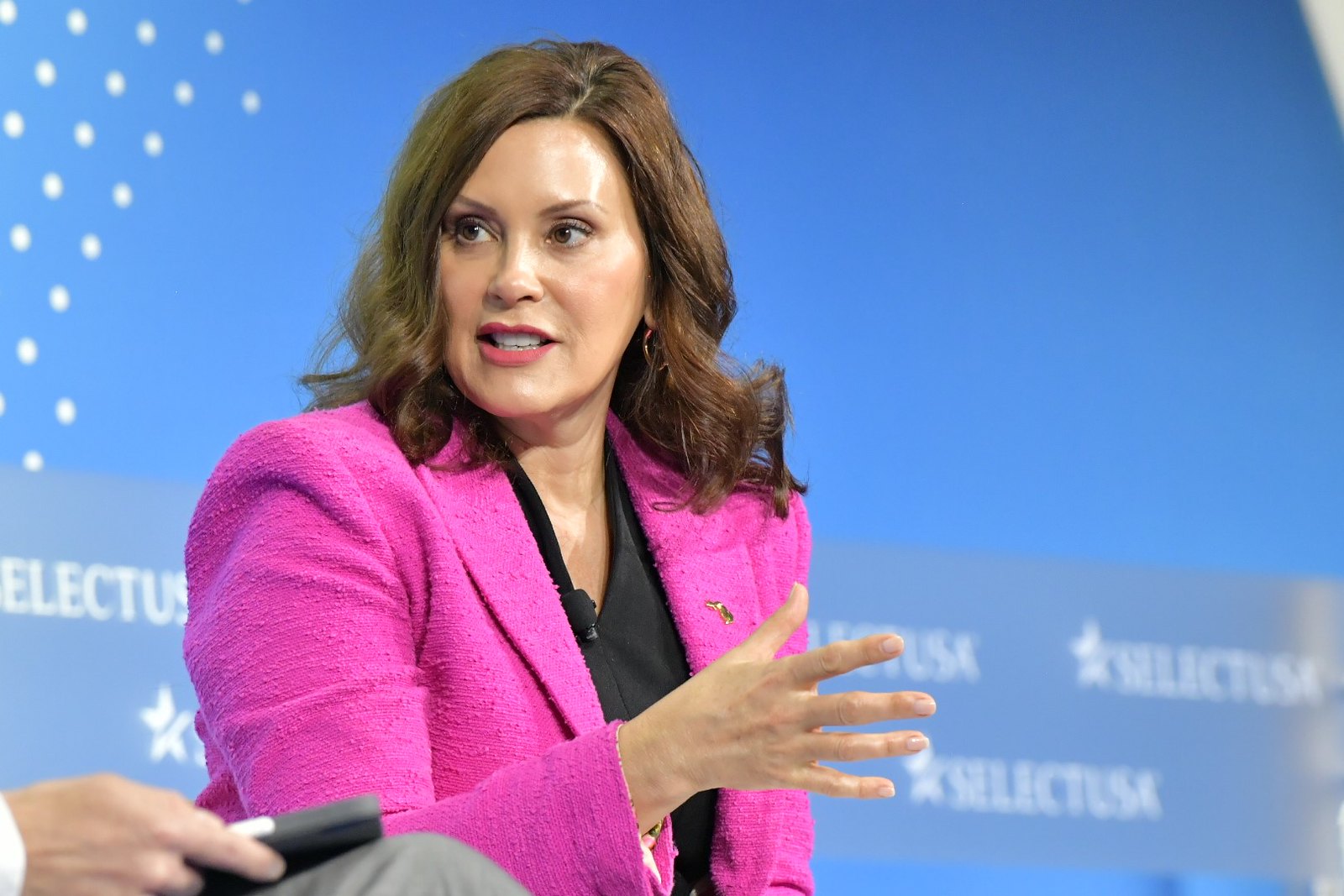| Shah: |
What needs to be done is to break the power and narrative of the utilities and the overall protection of corporate "rights" at the expense of the life, property, and public health of everyone else. The narrative that we are servants of the economy, rather than a good economy being one that serves us, all of us, needs to be reversed. And MPSC needs to become a true public servant, accountable to the public, more so than to the utilities. Utility profits cannot be sacrosanct while customers continue to suffer from outages and budget-busting rate increases.
So, what does this look like more concretely and immediately? Federal programs have taken steps to help states and communities access modern technology for cleaner air and water. One simple measure is to make sure air quality is measured, particularly in vulnerable communities, to accurately direct resources, find solutions, and ensure they are working.
Next, there are funds available at the federal level that need to get into the hands of communities. State, local, territory, and Tribal government entities are eligible for grants that may be used for improvements to reduce air pollution and greenhouse gas emissions, manage stormwater run-off, address urban heat islands, and monitor air quality, transportation-related greenhouse gas pollution, and gaps in tree canopy coverage.
Michigan laws need to allow for the full array of rooftop solar (not just 10 percent), distributed generation, and community solar (currently not allowed due to law), for which federal funding has been set aside, but the funds should be used to the greatest extent possible. Infrastructure can be improved to become less polluting, safer, and more effective with the funds allocated. Advocates can bring the funds to their communities and individual households through awareness-building and partnering with local government to design projects and apply for the funds.
On the larger scale, the utility scale of generation, the environmental justice and climate community will need to insist on holding the utilities to the commitments in the law and fight them when they try to fall back on fossil fuels. They can work to hold MPSC and Michigan Department of Environment, Great Lakes, and Energy (EGLE) accountable for decisions that are environmentally responsible and give greater weight to the public and community as stakeholders than to the privileged utilities. Moving forward, MPSC will have more public meetings, and they should consider environmental justice for vulnerable communities as a factor in decision-making.
|
